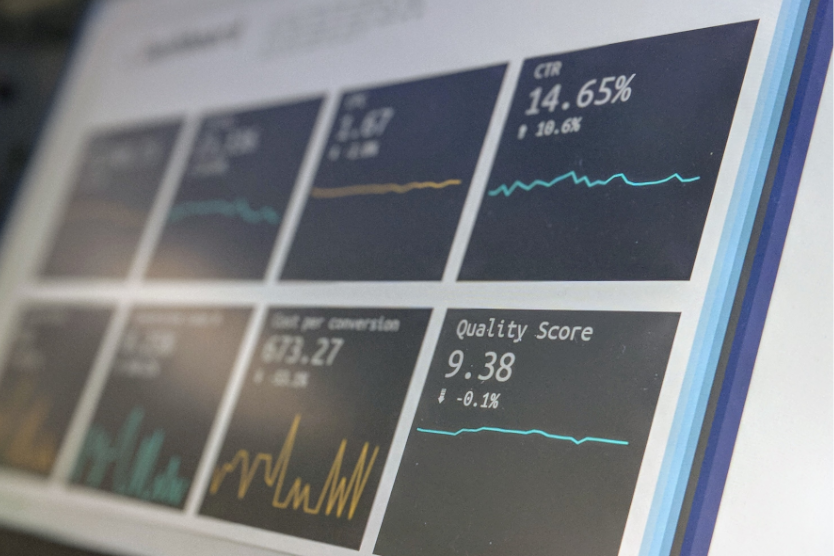
A team of researchers on the Minden Campus of Bielefeld University of Applied Sciences are working towards a software-based solution to support PV maintenance firms.
© Stephen Dawson, Unsplash
Faults that lie hidden deep within photovoltaic (PV) units can reduce the overall efficiency of a solar power system or plant. This adds up to a big problem for Germany’s energy transition which is heavily reliant upon this otherwise cost-efficient, renewable source of power. Now a team of researchers on the Minden Campus of Bielefeld University of Applied Sciences are working towards a software-based solution to support PV maintenance firms.
"We want to offer photovoltaic experts a tool with which they can check, independently of the manufacturer, whether the modules are working smoothly or whether there is a fault. This could be shading or defective cables, plugs or diodes, for example," states Felix Meyer, research assistant at the Minden Campus in an article in Innovations Report. Software engineer Meyer explains how it works: "We analyse existing data from PV modules of different manufacturers. For each module, we can measure the so-called “characteristic curve”.
The database used for analysis is accumulated from various partners who maintain PV systems across Germany. By comparing performance data to this dataset, the software is able to generate characteristic curves – basically a snapshot of how the module is behaving that day – of both individual units and strings. Instead of having to assess every module in the field, for example, it can be narrowed down to the string. At this point each unit can be individually sequenced, or other techniques such as infrared or electroluminescence by fly-over can be used to detect faults.
Machine learning can also be employed to recognise typical performance patterns and take into account radiation and weather conditions. The software can also forecast “dark characteristic curves”, which supports better predictions and forecasts in bad weather.


